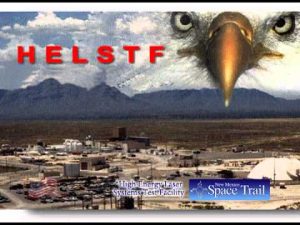Robert W. Endlich
Part One: Operational Experience . . . When We Used NAS’s Data
INTRODUCTION
My work experience serves as a useful prelude to writing this post. I was a Weather Officer in the Air Force for 21 years, and soon after retiring from the Air Force, I became a Meteorologist working for the Army Atmospheric Sciences Laboratory, ASL, where my previous Air Force experience helped the mission at White Sands Missile Range, New Mexico.

One of my Air Force assignments was commander of the Weather Detachment at Davis-Monthan AFB, AZ, sometimes simply DM, on the southeast side of Tucson. I was assigned to Davis-Monthan from Sep 1976-Jul 1979, at the height of the Cold War. Though DM was a Tactical Air Command, TAC, Base, a major “tenant” organization there was a Strategic Air Command (SAC) unit, the 390th Strategic Missile Wing, equipped with 18 Titan 2 Inter-Continental Ballistic Continue reading “What has happened to the National Academy of Sciences – Part One”
